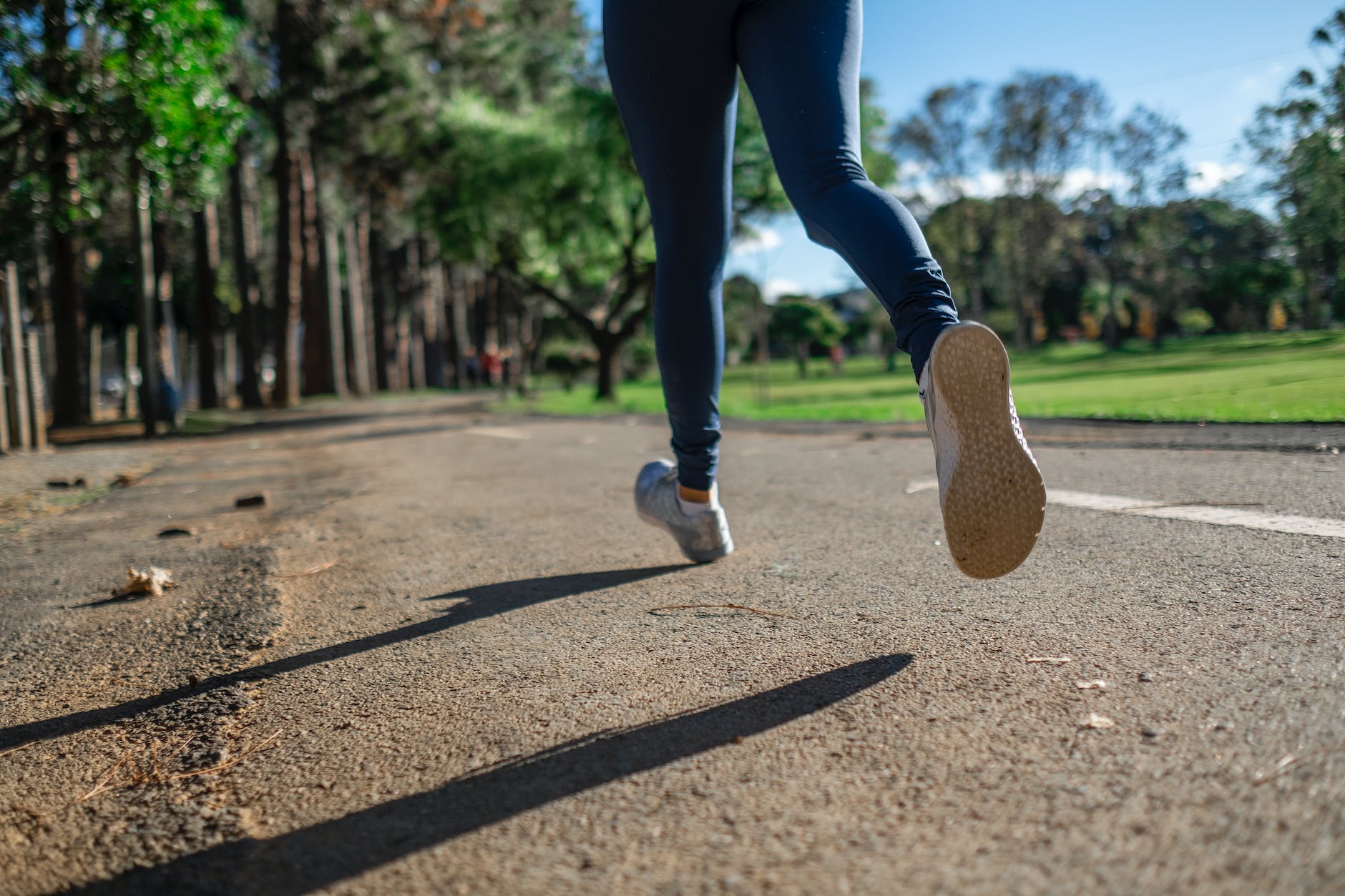
Women’s Running Shoe
Running can be a form of therapy for you, or it may just be something you do for fun. Either way, you want to ensure that your shoes are perfect for running.
The shoes you wear during a run have a major impact on how your run goes. Running with uncomfortable or tight shoes can take the joy out of your run. You may not be able to savor the moment because you are in pain or are uncomfortable.
This article will serve as a guide to help you get the best women’s running shoes and heighten your running experience.
The Ultimate Guide to Choosing the Perfect Running Shoes
The right pair of shoes can do wonders for you when running. Knowing how to choose the right running shoes is important for maximum performance. Here is a guide to help you pick the perfect running shoes for women.
1. Know the Surface You Would be Running on
It is important to determine the surface you would be running on when choosing your running shoes. If you are running on a muddy path, the best choice would be trail shoes. Generally, trail shoes should have deep treads that offer good ankle support and a better grip.
If the path you will be running on is pavement, then the best running shoes to get are road shoes. These shoes have more cushion than trail or lightweight race shoes. This is because the cushion provides shock absorption to minimize your risk of injury.
2. Midsole Shape
A midsole is a piece of foam intended to protect your foot from impact forces and direct it during strides. Generally, between the upper and the outsole lies the midsole.
There would be individual preferences for each runner. It’s critical to select the right kind of midsole for your needs. You would have to take into account the thickness of your midsole. Make sure the thickness you choose feels comfortable and is appropriate for your running speed. The midsole should be light and have the softness and firmness you prefer.
3. Consider How Far You Would be Running
The length you would be running for is essential because there are different running shoes for many running distances. You will need a shoe with an extra cushion if you plan to run a marathon. Meanwhile, a more flexible running shoe would suit casual running to keep fit and ease stress.
4. Heel-Toe Drop
When wearing shoes, the drop refers to the height difference between your foot’s heel and the ball. While experts disagree on the significance of drop in injuries, they agree that modifying drop can change how forces are distributed between your foot and leg, affecting how you walk.
Choose running shoes that feel comfortable from touchdown to toe-off throughout each stride and relieve pressure on any weak areas of your foot. The heel and toe of shoes with zero drops are equally spaced from the ground.
5. Forefoot and Heel Cushioning
The midsole element known as heel cushioning is used to minimize the impact stress of a heel hit. In addition to using various cushioning materials, some shoes incorporate a soft crash pad area outside the foot or a rounded outer heel to soften the landing.
Since your body provides most of the cushioning for your joints, heel cushioning is primarily an issue of perceived comfort.
A balance between stability, cushioning, and ground sensation is probably what you want. During your test runs, pay attention to whether the shoe enters the stride smoothly and lands where you expect it to.
The purpose of forefoot cushioning is to lessen the force generated at the foot’s front during push-off and loading, where the highest stride forces are generated. This forefoot cushioning protects the foot structures, whereas body mechanics generally cushions anything above the ankle.
6. Know Your Running Style and Gait
Designers use various technologies to stop the foot from excessive motion. According to studies, most people do not need support for pronation, although some runners might benefit from stability and control gear. Your shoe should provide stability as support rather than overcorrecting. You might prefer a shoe with more stabilizing features if you overpronate.
Choose Wisely
To enjoy your running experience, you have to make sure you know the right things to consider to help you make the right choice. The guide above can help ensure that you choose the best running shoes for yourself and that you are happy with your purchase.






